What is our primary use case?
This solution is being used to monitor hundreds of servers at startup. It checks disk usage, services, memory usage, and more.
How has it helped my organization?
It has improved the task of network monitoring.
What is most valuable?
The most valuable feature is the dashboard, where I can have a single screen that provides a summary for hundreds of servers. I get red and green indicators that help me to quickly check for and rectify problems.
What needs improvement?
When you monitor a lot of things it creates a lot of events and logs. I would like a much easier GUI so that I can delete events and logs, which will free up a lot of space. I would also like a better GUI for dashboard viewing.
A better interface would allow this solution to be used as a single point of monitoring.
When the database is in need of repair, perhaps due to corruption caused by an improper shutdown, then it should happen automatically, rather than having to run a command.
For how long have I used the solution?
Between seven and eight years.
What do I think about the stability of the solution?
The stability of this solution is quite good.
If the machine crashes and it goes down, without properly shutting down the virtual machine, then I get an error that requires the database to be repaired.
What do I think about the scalability of the solution?
There are four or five people that browse the dashboard.
How are customer service and technical support?
I dealt with technical support for a few months, but because I do not have a support contract I have not used it in several years. A support contract can be purchased separately.
If problems arise then you are able to fix things on your own. If you can't, then just leave it.
Which solution did I use previously and why did I switch?
I am also using KS-Soft Advanced HostMonitor, but only for monitoring the up or down status of the machines. It has a much better icon view of the dashboard. When our customer wants to look at their data center and see the status of all branches and all servers, it shows a much better, color-coded graphical form. I am in the process of purchasing additional licenses for HostMonitor so that I can have multiple dashboards running from a single machine.
I did not switch solutions, but I am always open to products that offer a better user interface.
How was the initial setup?
The initial setup for this solution is quite easy. I am running it on a VM platform.
The deployment happens over time as the environment changes, but the initial deployment took one or two days. For the server to monitor, you just have to set the SNMP and add it onto the Nagios platform. As more servers are added, you add them to the platform.
What about the implementation team?
We took care of the implementation in-house. One person is sufficient for deployment and maintenance.
What's my experience with pricing, setup cost, and licensing?
This solution is very expensive, at approximately $5,000 USD when I purchased it, which is why I haven't upgraded my version in several years.
What other advice do I have?
I am using the original version of the software that I purchased because I do not have a support contract. This means that I have not received support or updates in several years.
While this solution works, I think that it can be improved in terms of maintenance, support, and price.
I would rate this solution a six out of ten.
Disclosure: I am a real user, and this review is based on my own experience and opinions.






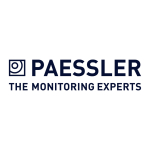



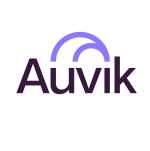
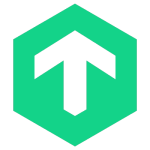
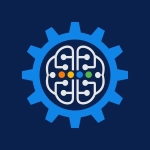


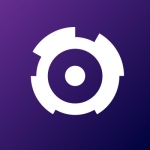


Hello...
Appreciate your review....
The Enterprise or probverdion will be valuable for your requirements.
Simple install (binaries available for one command install)
Improved GUI